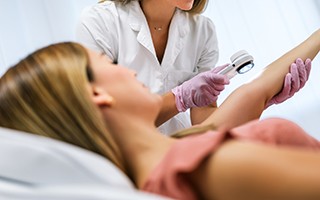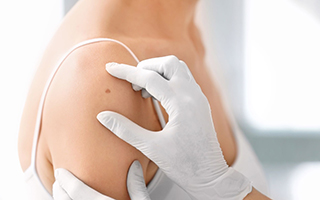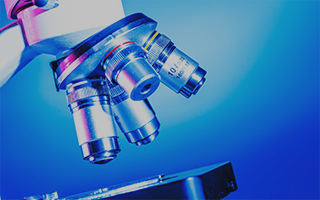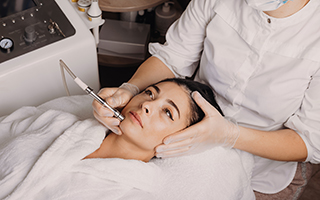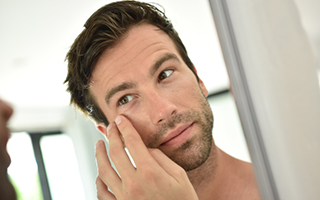Skin Biopsy Images & Diagnosis
Have Skin Tested to Determine Your Definitive Diagnosis in Bryn Mawr, Newtown Square, Philadelphia, and the Main Line
- Home
- Medical Dermatology
- DERMATOPATHOLOGY
- Skin Biopsy Images & Diagnosis
If you’re experiencing symptoms such as persistent rashes, scaly or rough textured skin, non-healing sores, or moles that have an abnormal shape, color, size, or border, a skin biopsy from Bryn Mawr Skin & Cancer Institute may be performed for testing.
A skin biopsy involves collecting a sample of skin by surgically removing it from the surrounding tissue. This sample is then examined in a laboratory, which allows a dermatopathologist to scrutinize it under a microscope and identify specific skin infections, skin cancers, or other types of dermatological conditions.
Learn how skin biopsies reveal the definitive diagnosis of your skin condition at Bryn Mawr Skin & Cancer Institute. To schedule an appointment, Please BOOK ONLINE, call 610.525.5028, or Contact Us.
How Does a Skin Biopsy Work?
After cleansing and locally numbing the area with an anesthetic to minimize discomfort, one of several types of skin biopsies may be performed. A routine skin biopsy usually takes approximately 5 to 10 minutes to be completed. There are three main types of skin biopsies: shave biopsy, punch biopsy, and excisional biopsy.
Shave Biopsy
For this skin biopsy, a razor-like tool or scalpel is used to remove the sample of skin to be evaluated. Pressure is applied along with a topical medication to prevent bleeding. This type of biopsy does not require stitches.
Punch Biopsy
A punch biopsy involves the use of a circular tool to extract a small section of skin, about the size of a pencil eraser. This sample includes all layers, from the skin surface to the deeper fat layer beneath. A punch biopsy may require one to four stitches to close.
Excisional Biopsy
For an excisional biopsy, a scalpel will be used to perform a fusiform (football shaped) excision down to the fatty layer. Two layers of suturing may be required to close the defect.
How to Prepare for a Skin Biopsy
In most cases, no preparation is needed prior to a skin biopsy. It’s important to make sure your dermatologist is aware of any allergies you have to local anesthetics, antiseptics, and topical antibiotics, or whether you have been diagnosed with a bleeding disorder, have had excessive bleeding following previous medical procedures, or have a history of skin infections. Be sure to discuss all prescription medications and over-the-counter supplements that you take with your dermatologist.
What to Expect After a Skin Biopsy
After the tissue has been processed and examined, the results will be provided to the dermatologist. This process typically takes three to 10 days. A normal result means no diseases or conditions have been identified. Alternatively, you may be diagnosed with an infection, disease, or skin cancer.
You may experience mild discomfort at the site of the skin biopsy. An over-the-counter medication like Tylenol can be taken if needed. If you experience minor bleeding, applying direct pressure in 20-minute intervals will help. Follow all post-care instructions until your follow up appointment. If stitches were needed for the biopsy, they will typically be removed in seven to 14 days, depending on the location of the biopsy. All biopsies produce a small scar on the skin, but this mark will gradually fade over months of time.
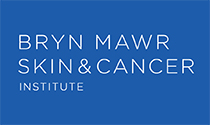
Meet Our Dermatopathologist
John K. Mulholland, M.D. is double board-certified in Dermatology and Dermatopathology. Dr. Mulholland interprets skin biopsies under the microscope to make definitive diagnoses. Accurate microscopic interpretation is critical for the selection of the appropriate treatment.


Condition Photo
Pathology & Diagnosis
Actinic Keratosis
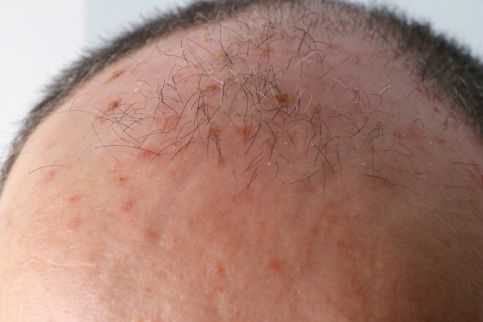
Pathology & Diagnosis
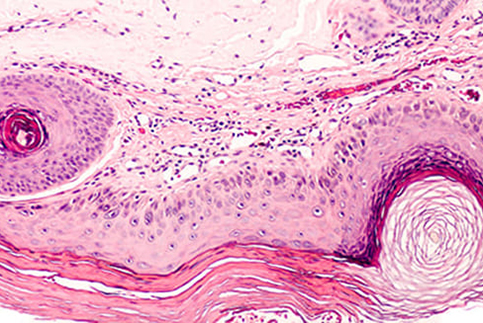
Basal Cell Carcinoma
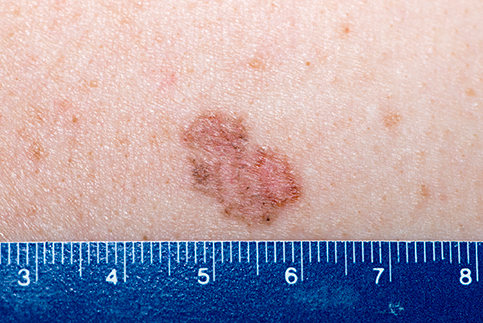
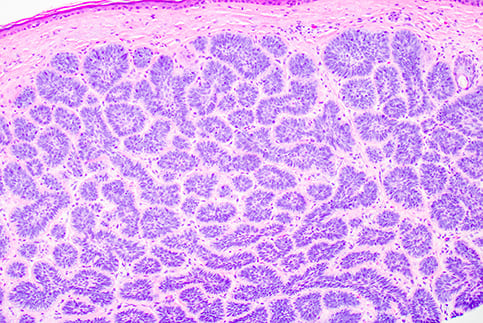
Lipoma
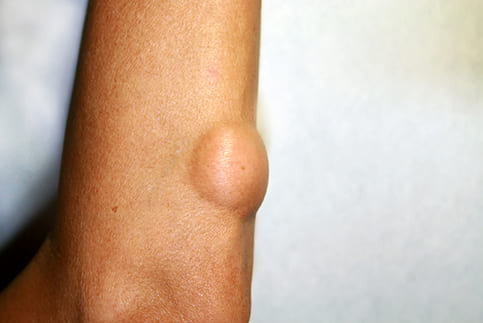
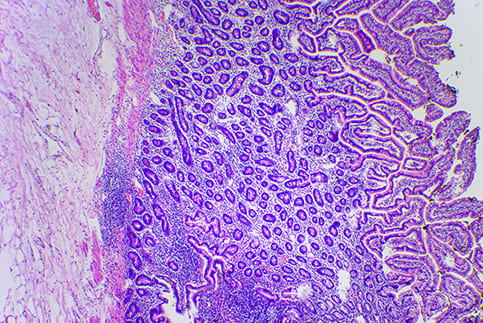
Merkel Cell Carcinoma
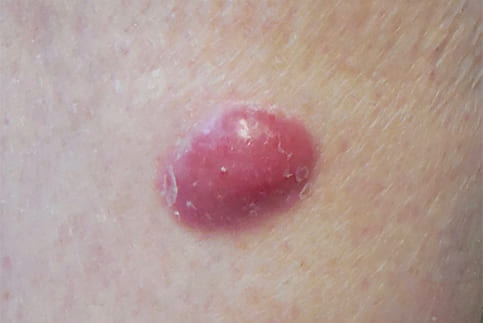
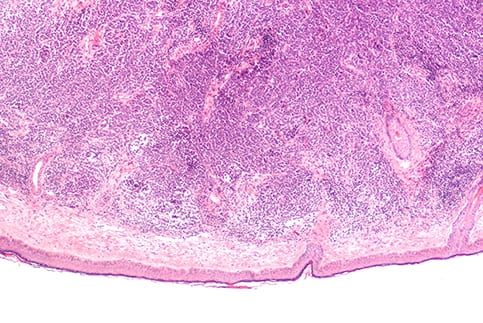
Melanoma in situ
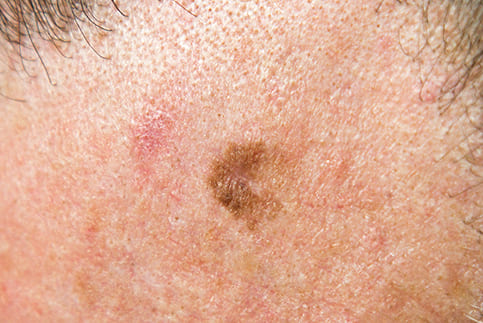
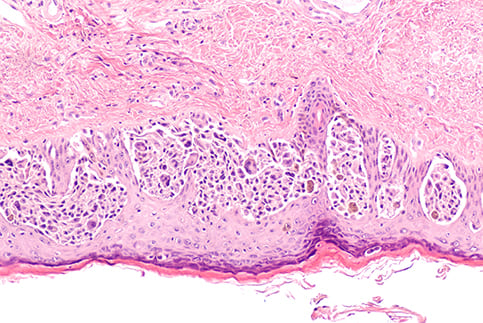
Metastatic Melanoma
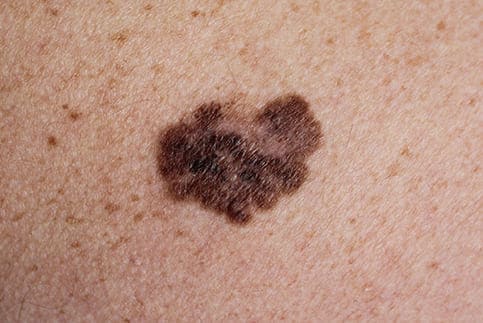
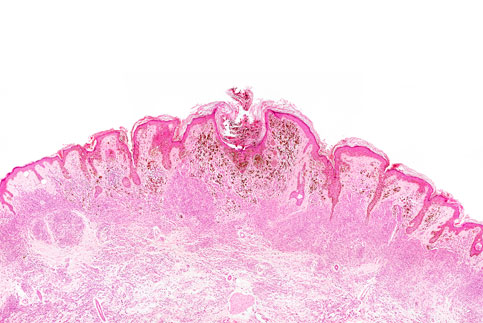
Molluscum Contagiosum
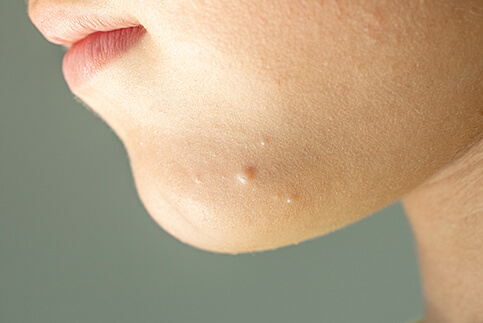
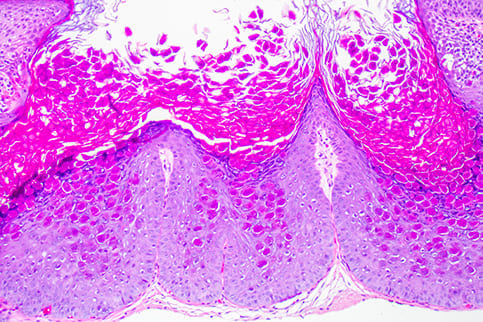
Plantar Wart
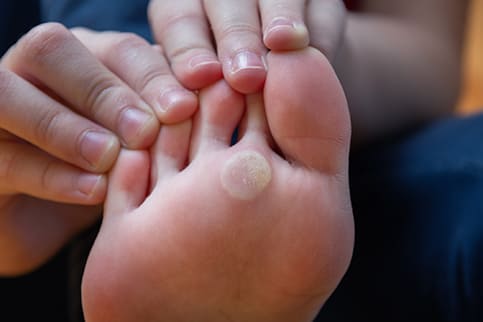
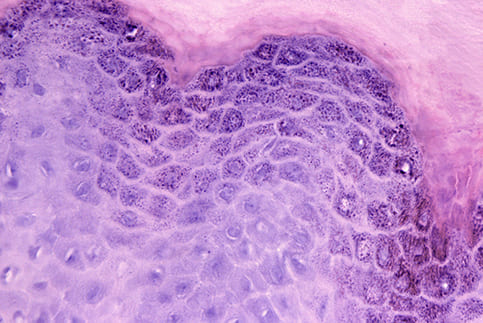
Schwannoma

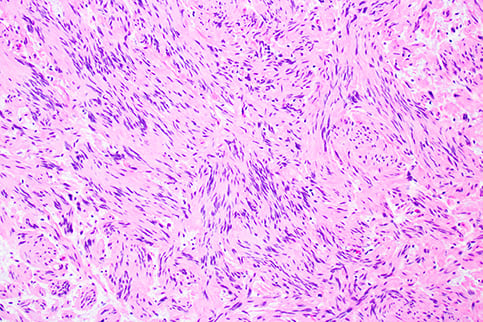
Seborrheic Keratoses
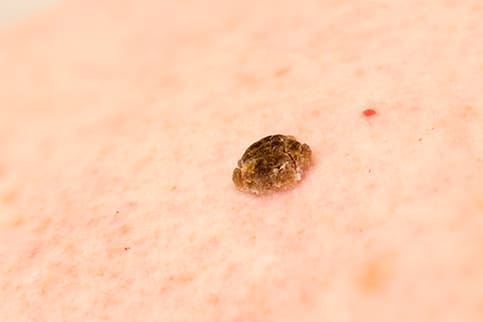
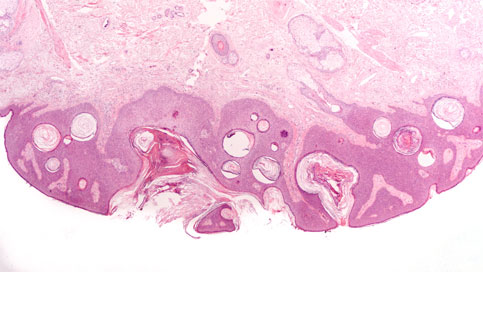
Squamous Cell Carcinoma
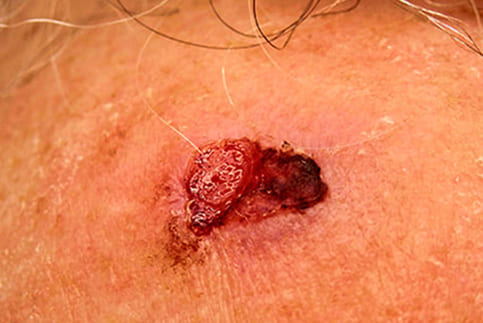
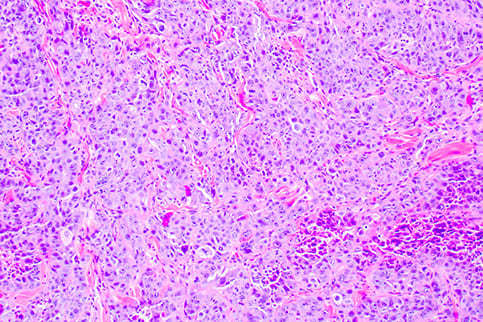
Trichofolliculoma
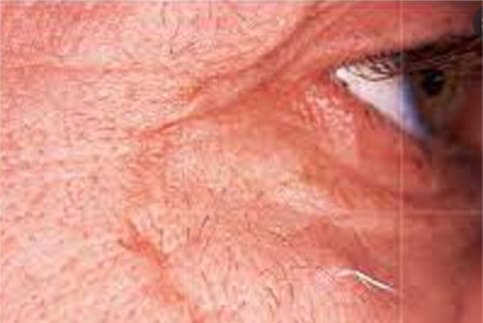
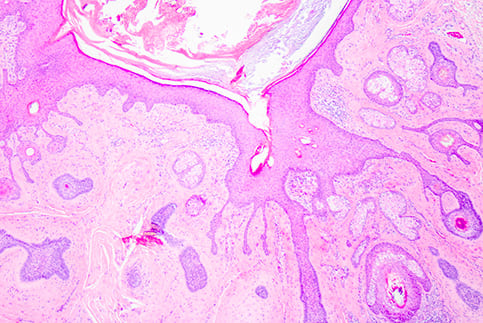
Who is a Good Candidate for Lipoma Surgery?
In most cases, these harmless fatty growths require no treatment. However, patients may choose to have lipoma surgery if the tumor has become large and is growing rapidly, is causing pain or discomfort, or is getting in the way of their daily activities—or if the doctor is unsure whether the growth is truly a lipoma or another type of growth. Patients sometimes choose lipoma surgery because the appearance is causing them mental anguish.
A dermatologist will perform a physical exam and may take a biopsy, if necessary, to diagnose a lipoma. The patient and doctor will decide if lipoma surgery is warranted. Factors to consider when deciding on surgery include the size of the lipoma, the number of skin tumors present, whether the patient has a personal history or family history of skin cancer, and whether the lipoma is causing pain.
Have skin cancers, infections, and other diseases correctly diagnosed with a skin biopsy from Bryn Mawr Skin & Cancer Institute serving Bryn Mawr, Newtown Square, and the Philadelphia area. To schedule an appointment, Please BOOK ONLINE, call 610.525.5028, or Contact Us.




